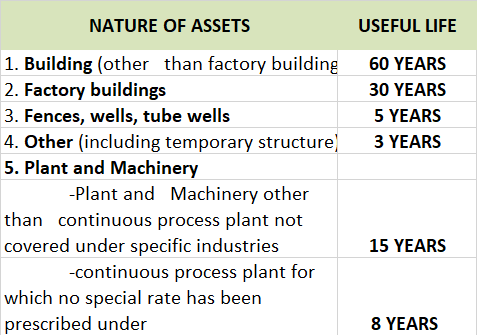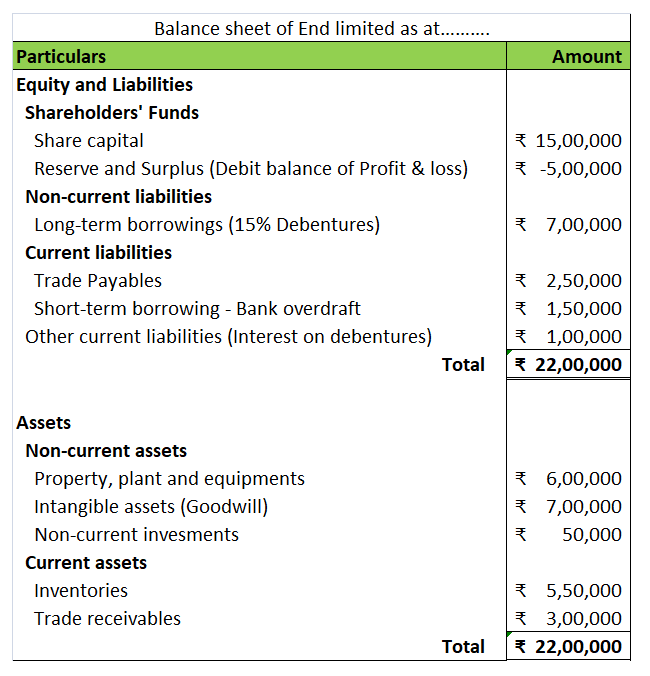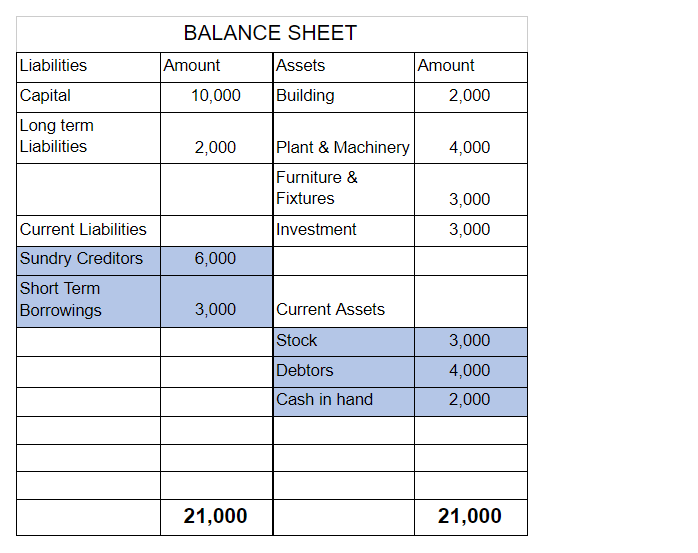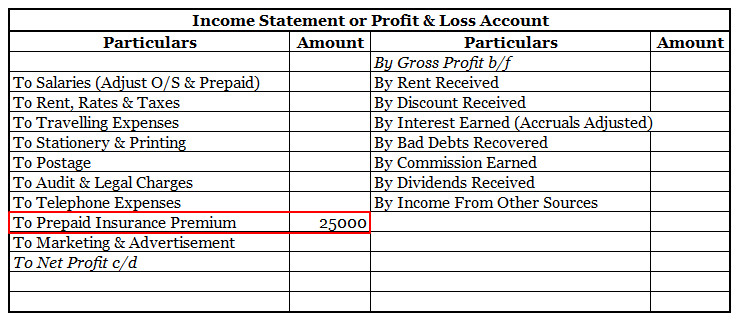Everyone must have heard about the term “cooking the books”. This term is generally associated with Creative accounting. In simple words, Creative accounting is a method of accounting in which the management tries to show a better picture of the business than the reality. Let us now understand thisRead more
Everyone must have heard about the term “cooking the books”. This term is generally associated with Creative accounting. In simple words, Creative accounting is a method of accounting in which the management tries to show a better picture of the business than the reality. Let us now understand this concept in detail.
What is Creative accounting?
Creative accounting is a method of accounting in which the management manipulates the books of accounts by finding loopholes to showcase a better image of the business.
It is a practice of using accounting loopholes to make a company’s financial position look better than it really is. It is not exactly illegal but it is more of a gray area.
For example, a business may delay reporting expenses to increase the profits to present a better short-term position.
The goal of creative accounting is to impress the shareholders, investors, get loans or boost stock prices.
However, this can also be very risky and have serious consequences. It can reduce the trust of the investors and customers. In some cases, like Enron and WorldCom the world has seen how creative accounting lead to legal consequences.
Common Techniques of Creative Accounting
Some of the common techniques used by the business to manipulate the financial position are as follows:
- Revenue Recognition: Techniques such as recognizing revenue before it is actually earned is a method of creative accounting.
- Expense manipulation: Delaying the recognition of expenses to show a better position of the business in a short-term.
- Undervaluing liabilities: Undervaluing the liabilities of the business by not recognizing any future costs such as insurance or warranty etc.
- Asset Valuation: Overstating the value of asses or high amount of depreciation can be some ways of manipulating the value of assets.
- Tax avoidance: This is a way of reducing the tax liability by manipulating the financial statements to lower the profits.
- Cookie jar accounting: This is a method in which profits in the good years are saved in excess to use in the years of difficulty.
Ethical implications of Creative Accounting
There are several ethical implications with respect to creative accounting. Some of these are discussed below:
- Misleading Stakeholders: Creative accounting is a method to mislead the stakeholders including the investors, creditors, government, etc. This can lead to loss of trust.
- Loss of trust: The shareholders will lose trust over the company if the manipulation is discovered. Creative accounting breaches the fundamental of honesty.
- Non – compliance: Creative accounting leads to the non-compliance of the rules and regulations of the country which requires the businesses to follow certain accounting and reporting standards.
- Unfair competition: Creative accounting can make a company look more profitable and stable than it actually is, misleading investors and customers. This can leave honest businesses, who follow the rules, at a disadvantage.
- Moral responsibility: Management and business has the moral responsibility of working in the best interest of the society and the stakeholders.
Conclusion
The key takeaways from the above discussion are as follows:
- Creative accounting is the practice of using accounting loopholes to make a company’s financial position look better than it really is.
- The goal of creative accounting is to impress the shareholders, and investors, get loans, or boost stock prices.
- Revenue recognition, expense manipulation, and asset valuation are some of the common techniques of Creative accounting.
- The ethical implications of creative accounting include misleading stakeholders, eroding trust, compromising regulatory compliance, promoting unfair competition, neglecting moral responsibility, etc.
See less







The sole proprietorship is a business that is unincorporated and owned by a single person. The owner of the business invests capital in the business in the form of cash, any asset or stock, or in any other form. In, sole proprietorship owner and business are inseparable. Interest on capital is the aRead more
The sole proprietorship is a business that is unincorporated and owned by a single person. The owner of the business invests capital in the business in the form of cash, any asset or stock, or in any other form. In, sole proprietorship owner and business are inseparable.
Interest on capital is the amount paid by the entity/business to the owners. It is an expense to the business and income for the proprietor, and interest is adjusted in the owner’s capital account. It is calculated on an agreed percentage and for a certain period. It is paid before calculating net profit.
If there is a loss, no interest will be paid on capital.
Journal Entry for Interest on Capital in Sole Proprietorship:
2. Closing interest on capital account
In sole proprietor’s Profit and Loss A/c interest will be recorded as an expense on the debit side and will be added to the owner’s capital in the Balance Sheet is considered as an adjustment to the capital account.
For example, A invested Rs 1,00,000 in a business. He wants to adjust 5% interest on his capital, then the entry will be:
2. Closing interest on capital account
In the case of a partnership, the treatment is the same as done in a sole proprietorship. The interest rate is agreed upon by the partners and is mentioned in the partnership deed. No interest is provided on the capitals of the partners if not mentioned in the deed.
If in a particular period, the partnership firm incurs a loss, then no interest will be provided to the partners.
See less